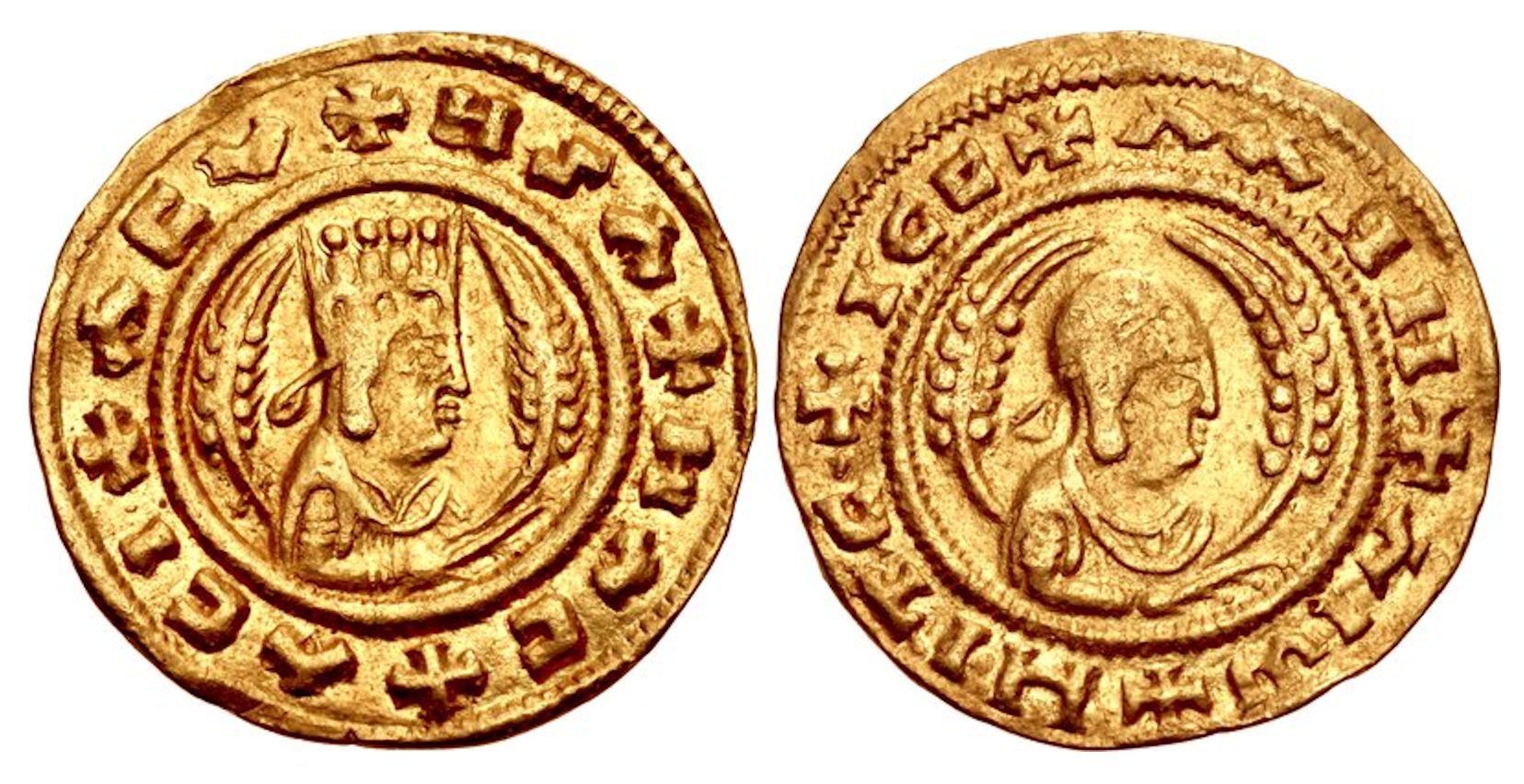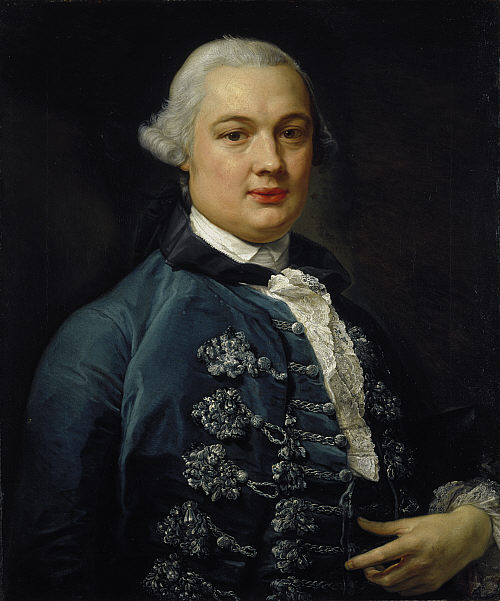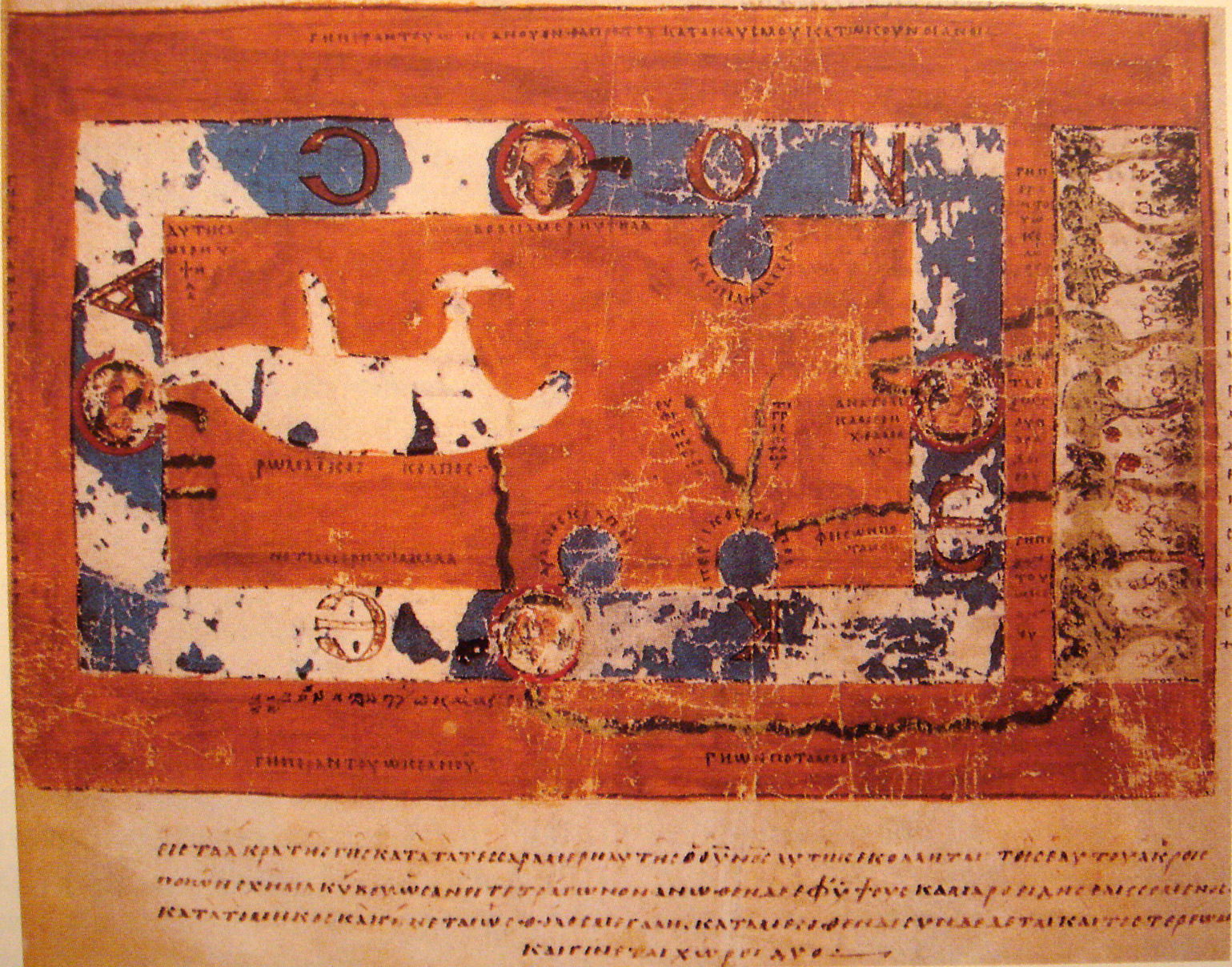|
Aksumite Currency
Aksumite currency was coinage produced and used within the Kingdom of Aksum (or Axum) centered in present-day Eritrea and Ethiopia. Its mintages were issued and circulated from the reign of King Endubis around AD 270 until it began its decline in the first half of the 7th century. During the succeeding medieval period, Mogadishu currency, minted by the Sultanate of Mogadishu, was the most widely circulated currency in the Horn of Africa. Aksum's currency served as a vessel of propaganda demonstrating the kingdom's wealth and promoting the national religion (first polytheistic and later Oriental Christianity). It also facilitated the Red Sea trade on which it thrived.Stuart Munro-Hay, ''Aksum: An African Civilization of Late Antiquity''. Edinburgh: University Press, 1991, p. 155. The coinage has also proved invaluable in providing a reliable chronology of Aksumite kings due to the lack of extensive archaeological work in the area.Hahn, Wolfgang, "Coinage" in Uhlig, Siegbert, ed., ... [...More Info...] [...Related Items...] OR: [Wikipedia] [Google] [Baidu] |
AXUM
Axum, or Aksum (pronounced: ), is a town in the Tigray Region of Ethiopia with a population of 66,900 residents (as of 2015). It is the site of the historic capital of the Aksumite Empire, a naval and trading power that ruled the whole region from about 400 BCE into the 10th century. In 1980, UNESCO added Axum's archaeological sites to its list of World Heritage Sites due to their historic value. Axum is located in the Central Zone of the Tigray Region, near the base of the Adwa mountains. It has an elevation of and is surrounded by La'ilay Maychew, a separately administered woreda of the Tigray region. History Axum was the hub of the marine trading power known as the Aksumite Empire, which predated the earliest mentions in Roman-era writings. Around 356 CE, its ruler was converted to an Abyssinian variety of Christianity by Frumentius. Later, under the reign of the Emperor Kaleb, Axum was a quasi-ally of Byzantium against the Sasanian Empire which had adopted Zoroa ... [...More Info...] [...Related Items...] OR: [Wikipedia] [Google] [Baidu] |
Himyar
The Himyarite Kingdom ( ar, مملكة حِمْيَر, Mamlakat Ḥimyar, he, ממלכת חִמְיָר), or Himyar ( ar, حِمْيَر, ''Ḥimyar'', / 𐩹𐩧𐩺𐩵𐩬) (fl. 110 BCE–520s CE), historically referred to as the Homerite Kingdom by the Greeks and the Romans (its subjects being called Homeritae), was a polity in the southern highlands of Yemen, as well as the name of the region which it claimed. Until 110 BCE, it was integrated into the Qatabanian kingdom, afterwards being recognized as an independent kingdom. According to classical sources, their capital was the ancient city of Zafar, relatively near the modern-day city of Sana'a. Himyarite power eventually shifted to Sana'a as the population increased in the fifth century. After the establishment of their kingdom, it was ruled by kings from dhū-Raydān tribe. The kingdom was named Raydān.Jérémie Schiettecatte. Himyar. Roger S. Bagnall; Kai Brodersen; Craige B. Champion; Andrew Erskine; Sabine R. Hue ... [...More Info...] [...Related Items...] OR: [Wikipedia] [Google] [Baidu] |
James Bruce
James Bruce of Kinnaird (14 December 1730 – 27 April 1794) was a Scottish traveller and travel writer who confirmed the source of the Blue Nile. He spent more than a dozen years in North Africa and Ethiopia and in 1770 became the first European to trace the origins of the Blue Nile from Egypt and Sudan. Early life James Bruce was born at the family seat of Kinnaird, Stirlingshire, and educated at Harrow School and Edinburgh University, and began to study for the bar, but his marriage to the daughter of a wine importer and merchant resulted in him entering that business instead. His wife died in October 1754, within nine months of marriage, and Bruce thereafter travelled in Portugal and Spain as part of the wine trade. The examination of oriental manuscripts at the Escorial in Spain led him to the study of Arabic and Ge'ez and determined his future career. In 1758 his father's death placed him in possession of the estate of Kinnaird. To North Africa On the outbreak of war ... [...More Info...] [...Related Items...] OR: [Wikipedia] [Google] [Baidu] |
Cosmas Indicopleustes
Cosmas Indicopleustes ( grc-x-koine, Κοσμᾶς Ἰνδικοπλεύστης, lit=Cosmas who sailed to India; also known as Cosmas the Monk) was a Greek merchant and later hermit from Alexandria of Egypt. He was a 6th-century traveller who made several voyages to India during the reign of emperor Justinian. His work ''Christian Topography'' contained some of the earliest and most famous world maps.''Encyclopædia Britannica'', 2008, O.Ed, Cosmas Indicopleustes. Cosmas was a pupil of the East Syriac Patriarch Aba I and was himself a follower of the Church of the East. Voyage Around AD 550, while a monk in the retirement of a Sinai cloister, Cosmas wrote the once-copiously illustrated ''Christian Topography'', a work partly based on his personal experiences as a merchant on the Red Sea and Indian Ocean in the early 6th century. His description of India and Ceylon during the 6th century is invaluable to historians. Cosmas seems to have personally visited the Kingdom of Axum in ... [...More Info...] [...Related Items...] OR: [Wikipedia] [Google] [Baidu] |
Sudan
Sudan ( or ; ar, السودان, as-Sūdān, officially the Republic of the Sudan ( ar, جمهورية السودان, link=no, Jumhūriyyat as-Sūdān), is a country in Northeast Africa. It shares borders with the Central African Republic to the southwest, Chad to the west, Egypt to the north, Eritrea to the northeast, Ethiopia to the southeast, Libya to the northwest, South Sudan to the south and the Red Sea. It has a population of 45.70 million people as of 2022 and occupies 1,886,068 square kilometres (728,215 square miles), making it Africa's List of African countries by area, third-largest country by area, and the third-largest by area in the Arab League. It was the largest country by area in Africa and the Arab League until the 2011 South Sudanese independence referendum, secession of South Sudan in 2011, since which both titles have been held by Algeria. Its Capital city, capital is Khartoum and its most populated city is Omdurman (part of the metropolitan area of Khar ... [...More Info...] [...Related Items...] OR: [Wikipedia] [Google] [Baidu] |
Golden Age
The term Golden Age comes from Greek mythology, particularly the '' Works and Days'' of Hesiod, and is part of the description of temporal decline of the state of peoples through five Ages, Gold being the first and the one during which the Golden Race of humanity ( ''chrýseon génos'') lived. After the end of the first age was the Silver, then the Bronze, after this the Heroic age, with the fifth and current age being Iron. By extension, "Golden Age" denotes a period of primordial peace, harmony, stability, and prosperity. During this age, peace and harmony prevailed in that people did not have to work to feed themselves for the earth provided food in abundance. They lived to a very old age with a youthful appearance, eventually dying peacefully, with spirits living on as "guardians". Plato in '' Cratylus'' (397 e) recounts the golden race of humans who came first. He clarifies that Hesiod did not mean literally made of gold, but good and noble. In classical Greek myt ... [...More Info...] [...Related Items...] OR: [Wikipedia] [Google] [Baidu] |
Hadhramaut
Hadhramaut ( ar, حَضْرَمَوْتُ \ حَضْرَمُوتُ, Ḥaḍramawt / Ḥaḍramūt; Hadramautic: 𐩢𐩳𐩧𐩣𐩩, ''Ḥḍrmt'') is a region in South Arabia, comprising eastern Yemen, parts of western Oman and southern Saudi Arabia. The name is of ancient origin, and is retained in the name of the Yemeni Governorate of Hadhramaut. The people of Hadhramaut are called Hadhrami. They formerly spoke Hadramautic, an old South Arabian language, but they now predominantly speak Hadhrami Arabic, which has much influence from Hadramautic. Etymology The origin of the name of ''Ḥaḍramawt'' is not exactly known, and there are numerous competing hypotheses about its meaning. The most common folk etymology is that the region's name means "death has come," from ar, حَضَر, ḥaḍara, lit=he came and ar, مَوْت, mawt, lit=death, though there are multiple explanations for how it came to be known as such. One explanation is that this is a nickname of 'A ... [...More Info...] [...Related Items...] OR: [Wikipedia] [Google] [Baidu] |
Bronze
Bronze is an alloy consisting primarily of copper, commonly with about 12–12.5% tin and often with the addition of other metals (including aluminium, manganese, nickel, or zinc) and sometimes non-metals, such as phosphorus, or metalloids such as arsenic or silicon. These additions produce a range of alloys that may be harder than copper alone, or have other useful properties, such as strength, ductility, or machinability. The archaeological period in which bronze was the hardest metal in widespread use is known as the Bronze Age. The beginning of the Bronze Age in western Eurasia and India is conventionally dated to the mid-4th millennium BCE (~3500 BCE), and to the early 2nd millennium BCE in China; elsewhere it gradually spread across regions. The Bronze Age was followed by the Iron Age starting from about 1300 BCE and reaching most of Eurasia by about 500 BCE, although bronze continued to be much more widely used than it is in modern times. Because historical artworks w ... [...More Info...] [...Related Items...] OR: [Wikipedia] [Google] [Baidu] |
Sabaeans
The Sabaeans or Sabeans (Sabaean:, ; ar, ٱلسَّبَئِيُّوْن, ''as-Sabaʾiyyūn''; he, סְבָאִים, Səḇāʾīm) were an ancient group of South Arabians. They spoke the Sabaean language, one of the Old South Arabian languages.Stuart Munro-Hay, ''Aksum: An African Civilization of Late Antiquity'', 1991. They founded the kingdom of Sabaʾ ( ar, سَبَأ, links=no) in modern-day Yemen, Quran 27:6-93 Quran 34:15-18 which was believed to be the biblical land of Sheba and "the oldest and most important of the South Arabian kingdoms". The exact date of the foundation of Sabaʾ is a point of disagreement among scholars. Kenneth Kitchen dates the kingdom to between 1200 BCE and 275 CE, with its capital at Maʾrib, in what is now Yemen.Kenneth A. Kitchen ''The World of "Ancient Arabia" Series''. Documentation for Ancient Arabia. Part I. Chronological Framework and Historical Sources p.110 On the other hand, Israel Finkelstein and Neil Asher Silberman beli ... [...More Info...] [...Related Items...] OR: [Wikipedia] [Google] [Baidu] |
Silver Coin
Silver coins are considered the oldest mass-produced form of coinage. Silver has been used as a coinage metal since the times of the Greeks; their silver drachmas were popular trade coins. The ancient Persians used silver coins between 612–330 BC. Before 1797, British pennies were made of silver. As with all collectible coins, many factors determine the value of a silver coin, such as its rarity, demand, condition and the number originally minted. Ancient silver coins coveted by collectors include the Denarius and Miliarense, while more recent collectible silver coins include the Morgan Dollar and the Spanish Milled Dollar. Other than collector's silver coins, silver bullion coins are popular among people who desire a "hedge" against currency inflation or store of value. Silver has an international currency symbol of XAG under ISO 4217. Origins and early development of silver coins The earliest coins in the world were minted in the kingdom of Lydia in Asia Minor aroun ... [...More Info...] [...Related Items...] OR: [Wikipedia] [Google] [Baidu] |
Gold Coin
A gold coin is a coin that is made mostly or entirely of gold. Most gold coins minted since 1800 are 90–92% gold (22karat), while most of today's gold bullion coins are pure gold, such as the Britannia, Canadian Maple Leaf, and American Buffalo. Alloyed gold coins, like the American Gold Eagle and South African Krugerrand, are typically 91.7% gold by weight, with the remainder being silver and copper. Traditionally (up to about the 1930s), gold coins have been circulation coins, including coin-like bracteates and dinars. In recent decades, however, gold coins are mainly produced as bullion coins for investors and as commemorative coins for collectors. While modern gold coins are still legal tender, they are not observed in everyday financial transactions, as the metal value normally exceeds the nominal value. For example, the American Gold Eagle has a denomination of 10 USD, but a metal value of more than $800 USD (being around a half an ounce). The gold reserves of cent ... [...More Info...] [...Related Items...] OR: [Wikipedia] [Google] [Baidu] |




.jpg)
.jpg)



